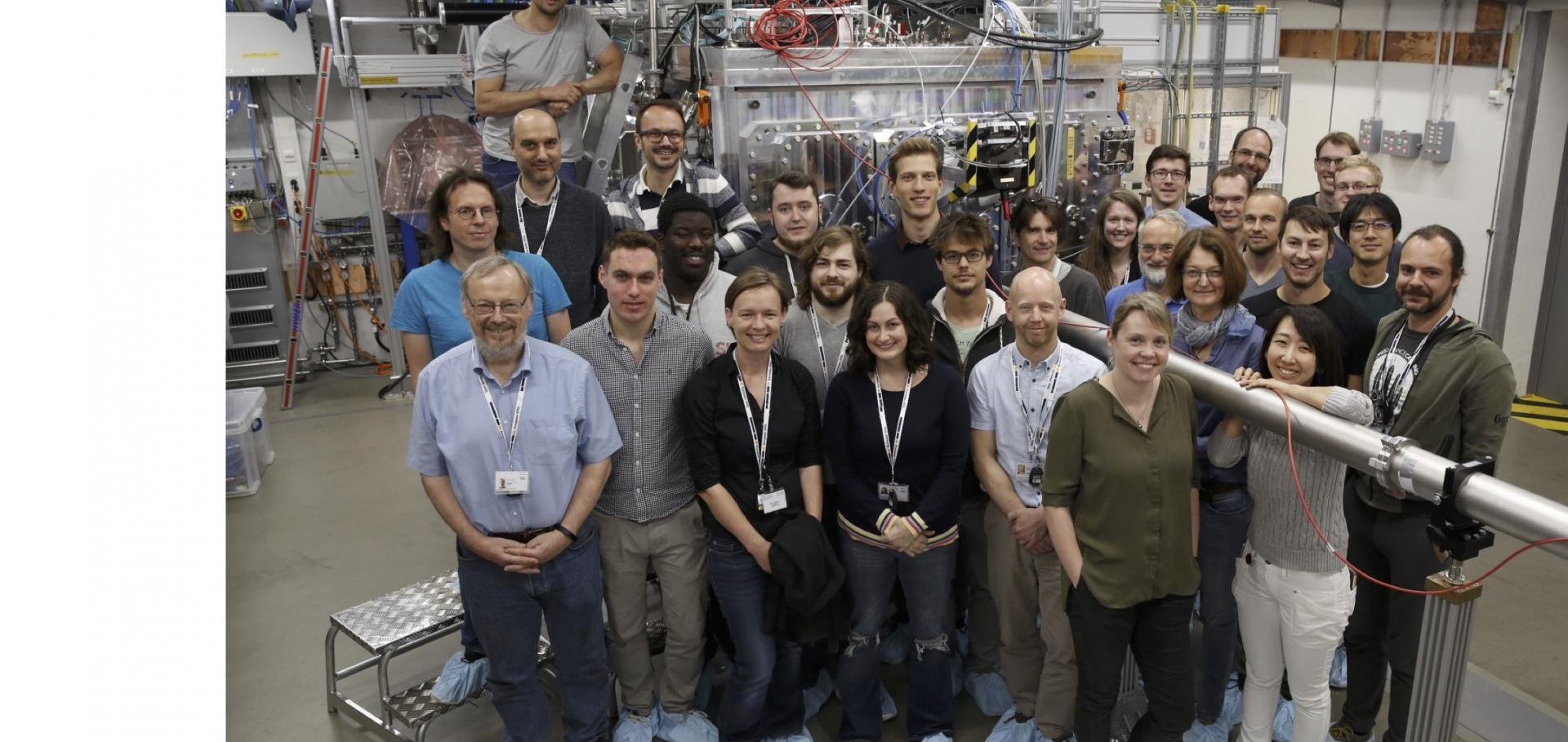Revealing multiphoton resonant ionization in solid density plasmas with an x-ray free electron laser
2012 Conference on Lasers and Electro-Optics, CLEO 2012 (2012)
Abstract:
Interaction of intense x-ray and solid density Al plasma is studied via K-shell emission spectroscopy. A high fluence, high-intensity x-ray pulse from an x-ray free-electron laser unveils multiphoton ionization pathway and drives hidden resonances. © 2012 OSA.Direct measurements of the ionization potential depression in a dense plasma
Physical Review Letters 109:6 (2012)
Abstract:
We have used the Linac Coherent Light Source to generate solid-density aluminum plasmas at temperatures of up to 180 eV. By varying the photon energy of the x rays that both create and probe the plasma, and observing the K-α fluorescence, we can directly measure the position of the K edge of the highly charged ions within the system. The results are found to disagree with the predictions of the extensively used Stewart-Pyatt model, but are consistent with the earlier model of Ecker and Kröll, which predicts significantly greater depression of the ionization potential. © 2012 American Physical Society.Testing quantum mechanics in non-Minkowski space-time with high power lasers and 4 th generation light sources
Scientific Reports 2 (2012)
Abstract:
A common misperception of quantum gravity is that it requires accessing energies up to the Planck scale of 10 19 GeV, which is unattainable from any conceivable particle collider. Thanks to the development of ultra-high intensity optical lasers, very large accelerations can be now the reached at their focal spot, thus mimicking, by virtue of the equivalence principle, a non Minkowski space-time. Here we derive a semiclassical extension of quantum mechanics that applies to different metrics, but under the assumption of weak gravity. We use our results to show that Thomson scattering of photons by uniformly accelerated electrons predicts an observable effect depending upon acceleration and local metric. In the laboratory frame, a broadening of the Thomson scattered x ray light from a fourth generation light source can be used to detect the modification of the metric associated to electrons accelerated in the field of a high power optical laser.Warm dense aluminum plasma generated by the free-electron-laser FLASH
AIP Conference Proceedings AIP Publishing 1438:1 (2012) 61-64
Probing dynamic material strength using in situ x-ray diffraction
AIP Conference Proceedings AIP Publishing 1426:1 (2012) 975-978


